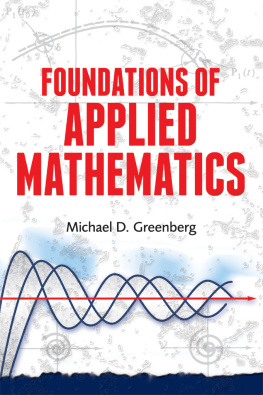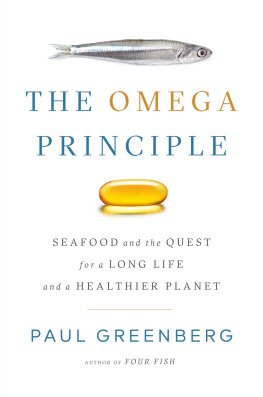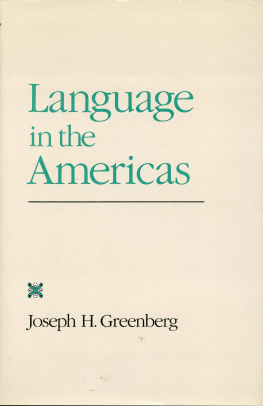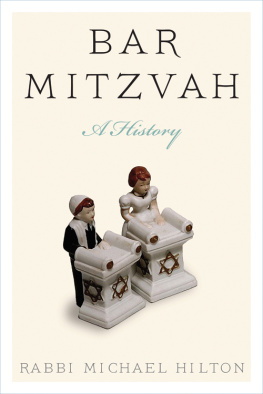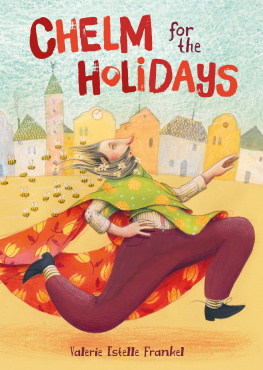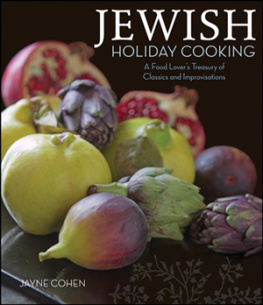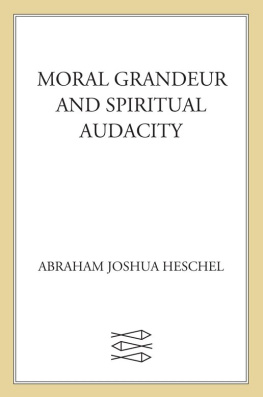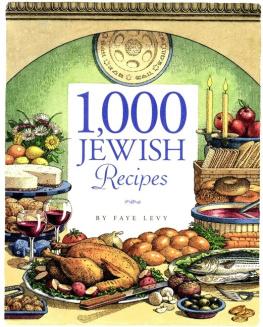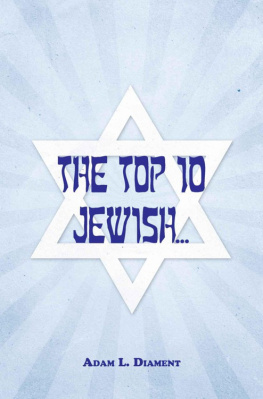
Also by Blu Greenberg
ON WOMEN AND JUDAISM
Copyright 1983 by Blu Greenberg
All rights reserved
including the right of reproduction
in whole or in part in any form
First Fireside Edition, 1985
Published by Simon & Schuster, Inc.
Rockefeller Center
1230 Avenue of the Americas
New York, New York 10020
www.SimonandSchuster.com
FIRESIDE and colophon are registered trademarks of Simon & Schuster, Inc.
Designed by Eve Metz
Manufactured in the United States of America
25 27 29 30 28 26 24 Pbk.
Library of Congress Cataloging in Publication Data
Greenberg, Blu, date.
How to run a traditional Jewish Household.
Bibliography: p. 503
Includes index.
1. JudaismCustoms and practices. I.
Title. BM700.G734 1983 296.74 82-19702
ISBN 0-671-41700-2
ISBN 0-671-60270-5
ISBN-13: 978-0-6716-0270-3
eISBN-13: 978-1-4391-4760-3
ACKNOWLEDGMENTS
There is a great deal of personal material in this book. Since I refer to members of my family quite often, let me describe them briefly: my husband, Irving Greenberg, is an Orthodox rabbi. In the book, I refer to him as Yitz, which is short for his Hebrew name, Yitzchak. His contribution to this book goes far beyond his sustained encouragement, his corrections and suggestions on each and every page, his taking up the slack in running this traditional Jewish household as I immersed myself in work. Among other things, he has been my mentor and dearest friend for over two decades. For all thisand much morewords seem inadequate.
Also, my children, to whom this work is dedicated: Moshe, David, Deborah, J.J., and Goody. Each helped in the completion of this manuscript in his or her own way, but more important, they have provided much of the anecdotal material in this bookas in my life.
In the work below, I also describe my beloved parents and parents-in-law, Rabbi Sam and Sylvia Genauer, Rabbi Eliahu Chaim Greenberg of blessed memory, and Sonia Greenberg. They are the primary links in our chain; without their teachings and their commitment to tradition, none of this would have been possible. Regarding this immediate work, I am especially grateful to my father, for his innumerable halachic contributions; and to my mother, for teaching me most of what I know about running a Jewish household.
There are many others to whom I owe a debt of gratitude. For an entire year, the Bellin family of Riverdale, New York, provided me with everything I needed: a quiet room away from home, where I could work in isolation for several hours each day; a tree-lined pond beneath my window, where I could find a moments serenity and calm after a stretch of writing that produced nothing but anxiety; and eight-year-old Hudi Bellin, who worked with Charlotte Sheedy in pacing me. Upon her return from school each afternoon, starting with Day One, Hudi would ask, Did you finish your book yet? And special thanks to my friend from high-school days, Rosalind Bellin, who not only offered me space, quiet (and lunch)but whose common sense and wisdom influenced this writing in many places.
I want to express my great gratitude to the klei kodesh, the religious leaders of our synagogue, the Riverdale Jewish Center, and to the teachers, principals, deans, and roshei yeshiva of our childrens schools. The shul and the yeshiva schools are an integral part of our familys life. They are always there for us, and while we sometimes tend to take our community and its institutions for granted, we well know how important they are to us, how they help us to raise our children and enable us to live as Orthodox Jews. That the names of all the people involved are too numerous to mention here is a symbol of how much work goes into giving over the chain of tradition from one generation to the next.
There are many others who had a direct hand in this work and to whom I am most grateful: Dan Green, publisher at Simon and Schuster, whose creative imagination sparked this entire project; Charlotte Sheedy, my literary agent, who gently but persistently nudged me toward completion; Francine Klagsbrun, who generously recommended me for this work; Vivian Oleen, who forced me to clarify for her, and by extension, the unknown reader; Moshe Greenberg, Roslyn Siegel, and David Szonyi whose editorial skills were widely used and much appreciated; Deborah Greenberg, who carefully constructed the Glossary. Sophie Sorkin, director of copyediting at Simon and Schuster, who gave me wise counsel throughout; and Dan Johnson, my editor at Simon and Schuster. It was Dan with whom I worked most extensively throughout this project. I came increasingly to rely on his kindness, humor, patience, and good judgment.
And to many other teachers and friends whose paths I have been fortunate to cross throughout these yearsmy deep gratitude. No woman is an island; this work, except for its mistakes, is theirs, too.

Sivan 5742
Spring 1982
TO MOSHE, DAVID, DEBORAH, J.J., AND GOODY
Who fill our lives with love and laughter, wisdom and goodness, humor and spirit. To me they are sufficient proof of a benevolent and loving God.
Hebrew has a guttural sound that does not appear in English. It is the consonant ch pronounced as in the German ach. Whenever ch appears in a Hebrew word, it is pronounced as a guttural and not like the English ch in chapter.
CONTENTS
PREFACE
Traditional Jews come in a wide variety of types in America today. Chasidic Jews number their ranks; so do some right-wing anti-Zionists; left-wing profeminists; middle-of-the-road conventional modern Orthodox; born again baalei teshuva; spiritual neo-Kabbalists; the sectarian yeshiva crowd; some havurah Jews; some Conservative rabbis; and so on. Twentieth-century American Jewry being what it is, the institutional frameworks in which most of the above would locate themselves are the institutions of Orthodox Jewry; and the self-label they would be likely to choose isOrthodox Jew. Hence, my use of the terms traditional and Orthodox almost interchangeably throughout the text.
Despite the great diversity within traditional or Orthodox Judaism, however, the basics are essentially the same for all: an underlying belief that there is a personal God, Who revealed Himself in history, Who gave us the Torah, Who commandedand commandsus to live in a certain way. That special way includes, among other things, observance of the Sabbath and the holidays, daily prayer, kosher food laws, a well-defined code of morality and sexual ethics, and a very high value placed on Torah learning and education of the young. It is these very things, these modes of behavior, that make the traditional Jewish household so overtly different from any other.
But that is only part of the picture. Other differences exist. Perhaps they are less obvious or less open to tabulation and quantification, but they are persistent characteristics, nevertheless. In great measure, they are linked to the special ritual life of an Orthodox Jew.
One is the strong commitment to community. Orthodox Jews understand that without sturdy communal structures, most of the observancessuch as kashrut, Torah education of children, Sabbath and holidays, daily prayerwould be infinitely more difficult to carry out.
Next page

